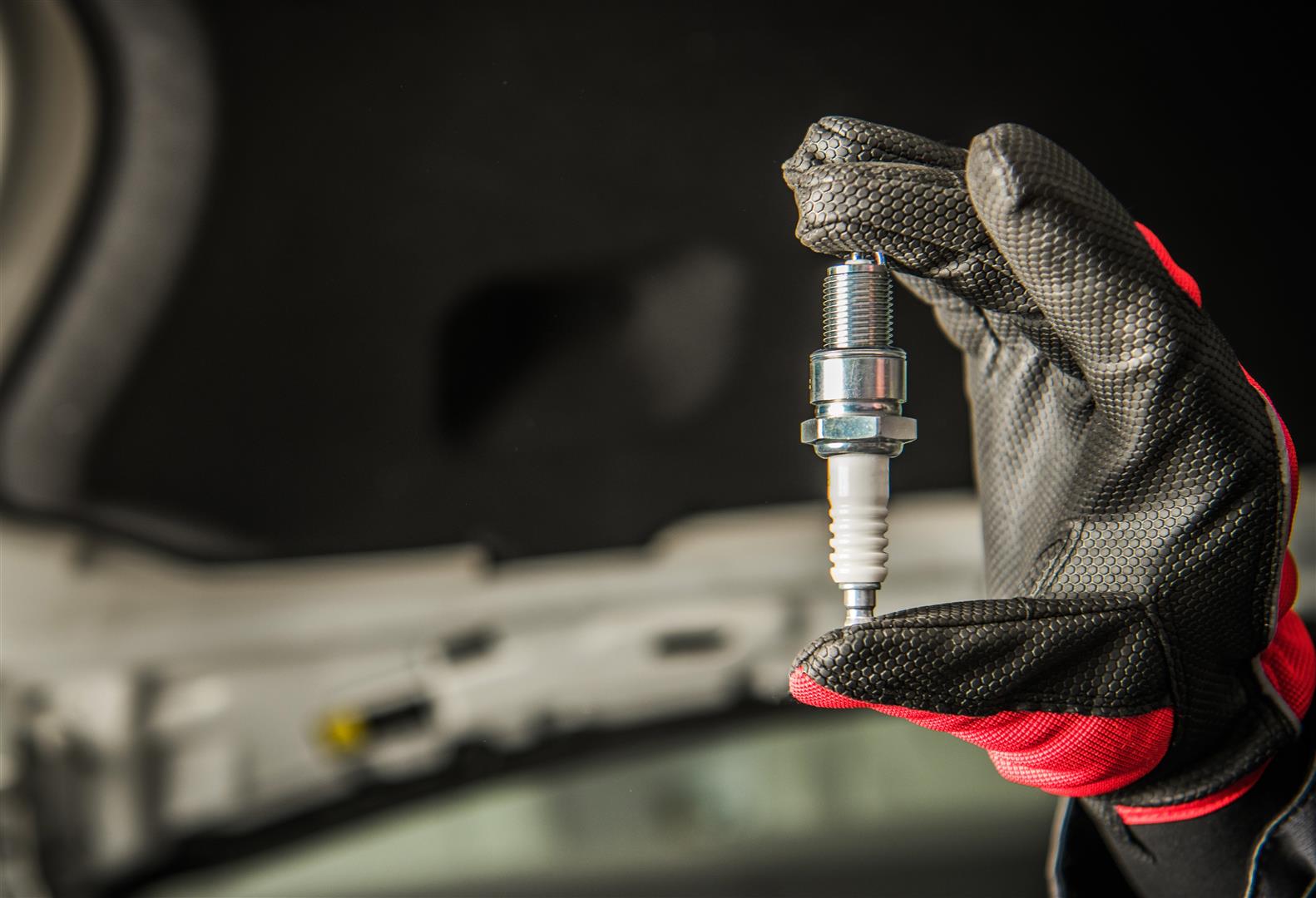
Over time, spark plugs can wear out, leading to reduced engine performance and fuel efficiency. Changing your spark plugs is a relatively simple and cost-effective maintenance task that you can do yourself. In this DIY guide, we'll walk you through the step-by-step process of changing your spark plugs, empowering you to keep your engine firing on all cylinders.
Step 1: Gather the Necessary Tools and Materials
Before you start, make sure you have the following tools and materials handy:
- New spark plugs (refer to your vehicle's manual or consult an automotive expert to determine the right type and specifications for your vehicle)
- Spark plug socket and ratchet
- Spark plug gap tool (if required)
- Extension bar (if necessary)
- Anti-seize compound (optional but recommended)
- Dielectric grease
Step 2: Locate the Spark Plugs
Open the hood of your vehicle and locate the spark plugs. Depending on your engine configuration, you may find them along the top of the engine block or on the sides. They are connected to thick wires or ignition coils.
Step 3: Prepare for Spark Plug Removal
Ensure the engine is cool to avoid burning yourself. Disconnect the negative terminal of the battery for added safety. Use the spark plug socket and ratchet, along with an extension bar if needed, to remove the spark plug wire or ignition coil from the spark plug.
Step 4: Remove the Old Spark Plug
Insert the spark plug socket onto the spark plug and turn counterclockwise to loosen and remove it. Be careful not to apply excessive force or damage the threads. Once loose, carefully lift the spark plug out of the cylinder head.
Step 5: Inspect and Clean
Take a moment to inspect the old spark plug. Look for signs of wear, such as worn electrodes or heavy carbon buildup. If the spark plug shows significant damage or excessive wear, it's time for a replacement. Use a wire brush or spark plug cleaner to clean any carbon deposits on the spark plug if you plan to reuse it.
Step 6: Gap the New Spark Plug (if required)
Check the gap specifications for your new spark plugs using a spark plug gap tool. If necessary, gently adjust the gap by carefully bending the side electrode.
Step 7: Install the New Spark Plug
Apply a small amount of anti-seize compound to the threads of the new spark plug (if recommended by the manufacturer) to prevent future seizing. Insert the spark plug into the cylinder head by hand, making sure it threads in smoothly. Once finger-tight, use the spark plug socket and ratchet to tighten it further. Be cautious not to overtighten, as it can damage the threads or the spark plug itself.
Step 8: Reconnect the Spark Plug Wire or Ignition Coil
Carefully reconnect the spark plug wire or ignition coil to the newly installed spark plug. Ensure a snug fit, but avoid excessive force that could damage the connectors.
Step 9: Repeat for Remaining Spark Plugs
Follow the same procedure for each remaining spark plug, one at a time, until all the plugs have been replaced.
Step 10: Reconnect the Battery and Test
Reconnect the negative terminal of the battery that you disconnected in Step 3. Start the engine and listen for smooth running and consistent idling. If everything sounds and feels normal, congratulations! You have successfully changed your spark plugs.
Having Issues?
If your car's spark plug change comes out as a hard DIY project, don't hesitate to visit us at Four Car Garage! The team will be glad to help and get you back on the road!